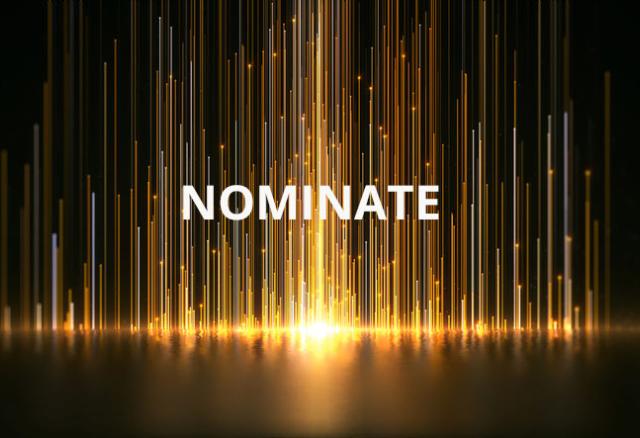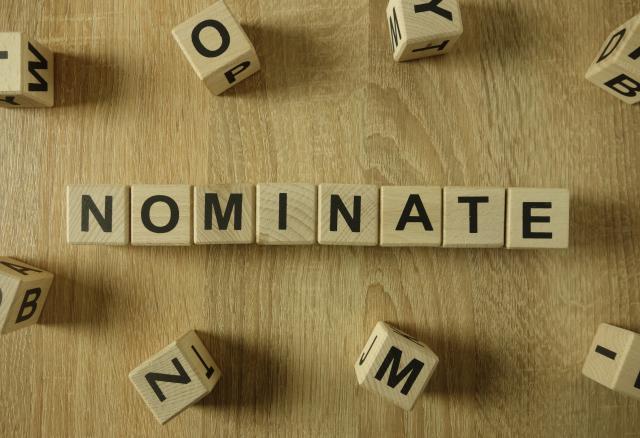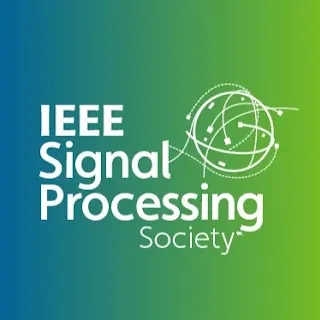Content-Aware Tunable Selective Encryption for HEVC Using Sine-Modular Chaotification Model
Existing High Efficiency Video Coding (HEVC) selective encryption algorithms only consider the encoding characteristics of syntax elements to keep format compliance, but ignore the semantic features of video content, which may lead to unnecessary computational and bit rate costs. To tackle this problem, we present a content-aware tunable selective encryption (CATSE) scheme for HEVC. First, a deep hashing network is adopted to retrieve groups of pictures (GOPs) containing sensitive objects.


